DESIGNED TO CONFUSE.
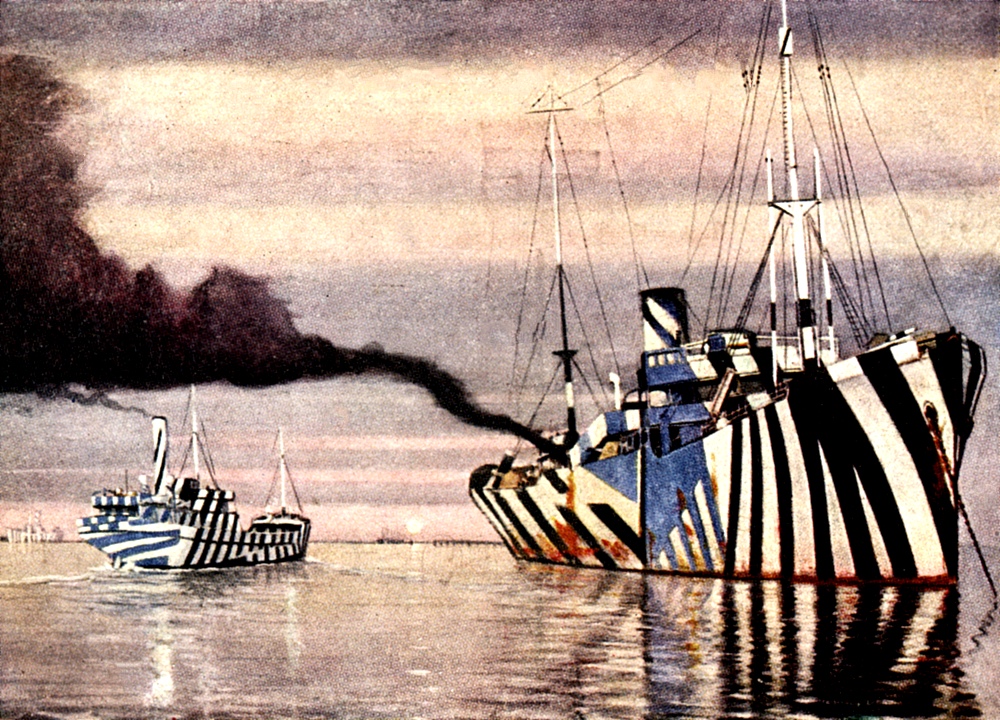
Dazzle painting (or razzle dazzle) was a World War I invention that was all about visual deception. Colors, patterns, lines and curved shapes were painted on ships to confuse enemy submarines. The effects were tested using models which where viewed from every angle, including through a periscope, to get an idea of how submarines would see them. The intention was to confuse attackers enough to make them miss, or to not even fire a torpedo at all. The 1918 painting above is by Burnell Poole. Picasso claimed that Cubists had invented dazzle camouflage, but the credit belongs to Norman Wilkinson, a British marine artist.
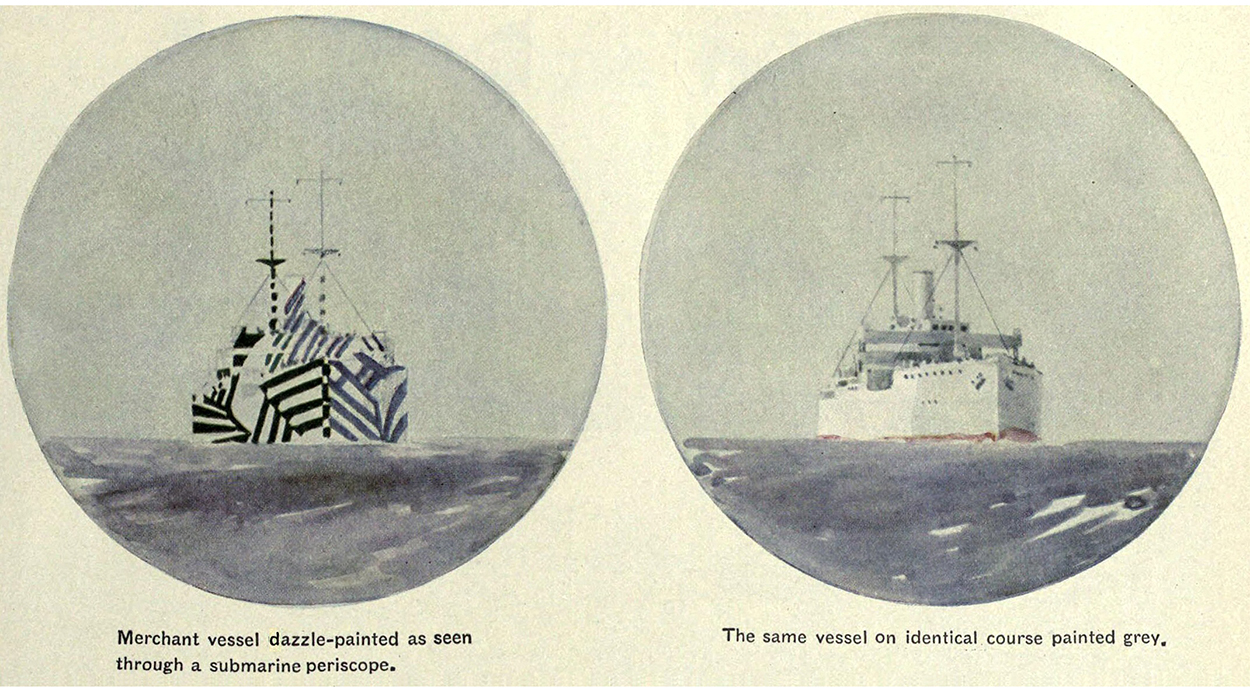
The photographs of these designs are all, of course, in black and white, but some strong color was often used.
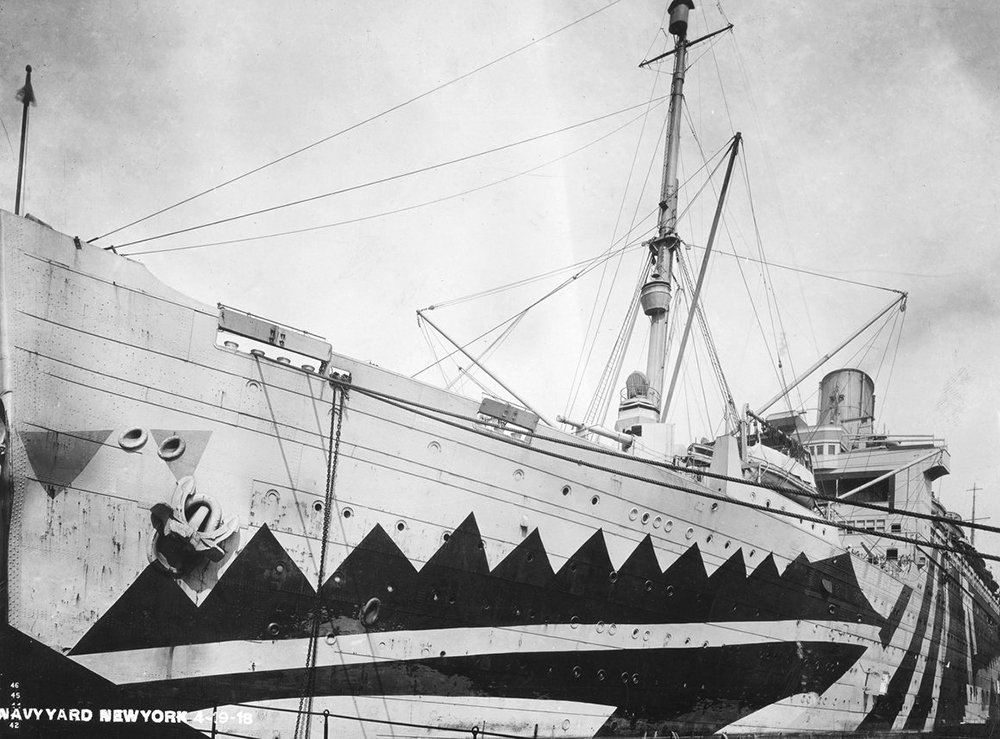
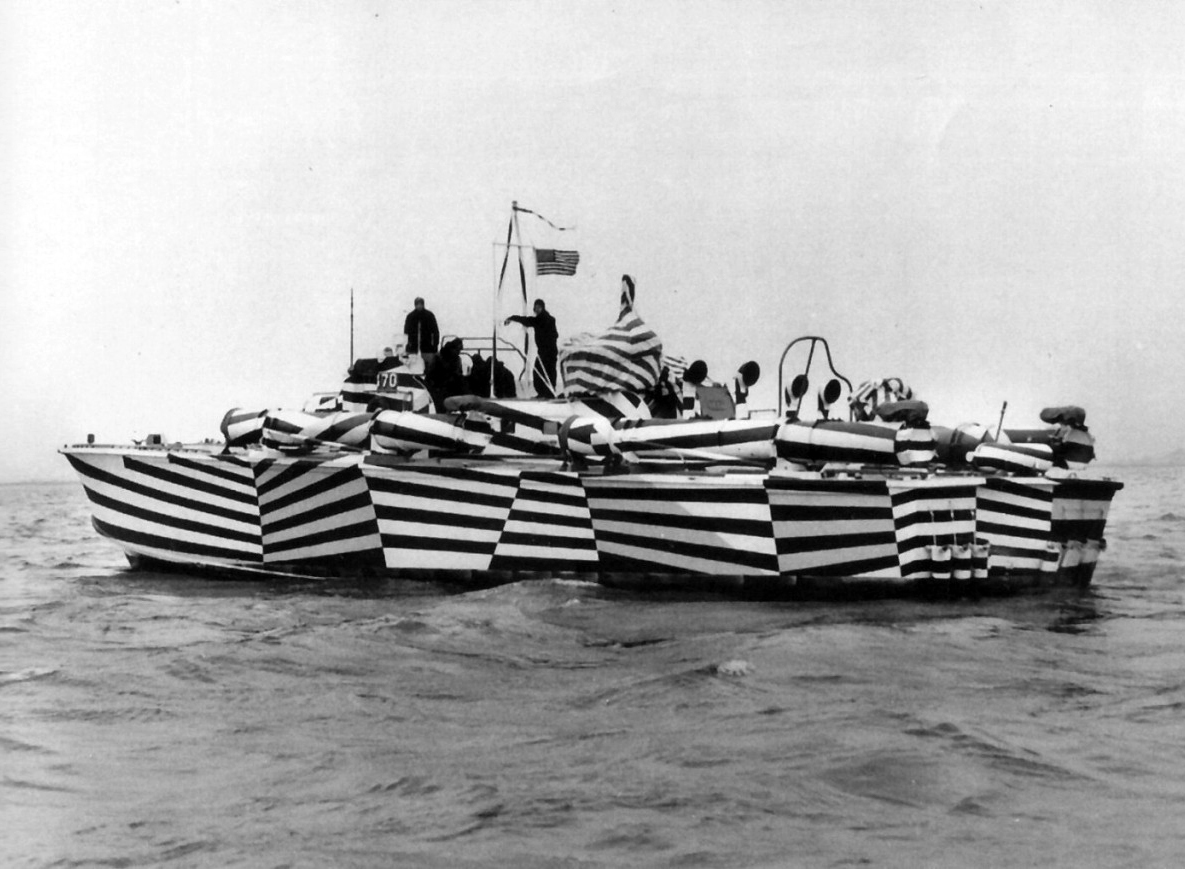
Each ship had a unique scheme so that the enemy could not identify it by type.
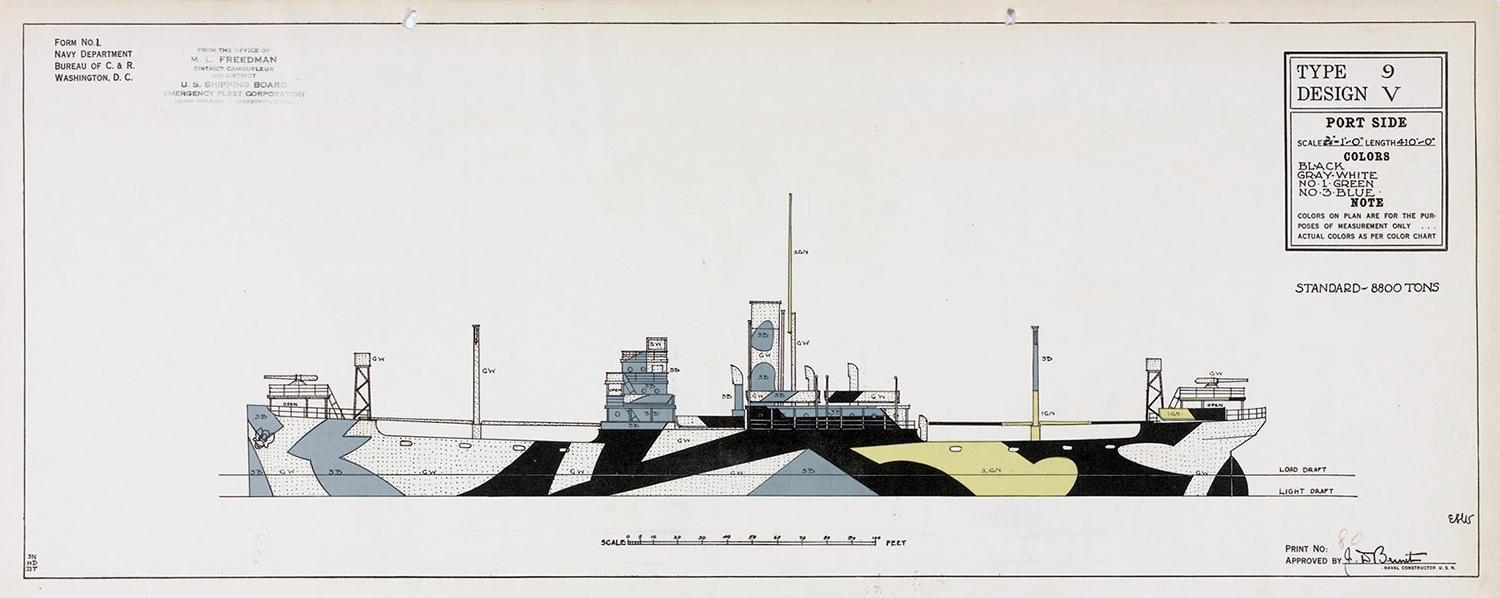
I just had an idea. (Editor’s note: This doesn’t happen often.) Today, we might consider painting ships with some of those multi-colored pie charts from business presentations. They can confuse anyone.
Dazzle ferry
“Everybody Razzle Dazzle, 2015,” a design created by Peter Blake as part of a program to mark the centenary of World War I. A bold new look for the Mersey ferry “Snowdrop.”
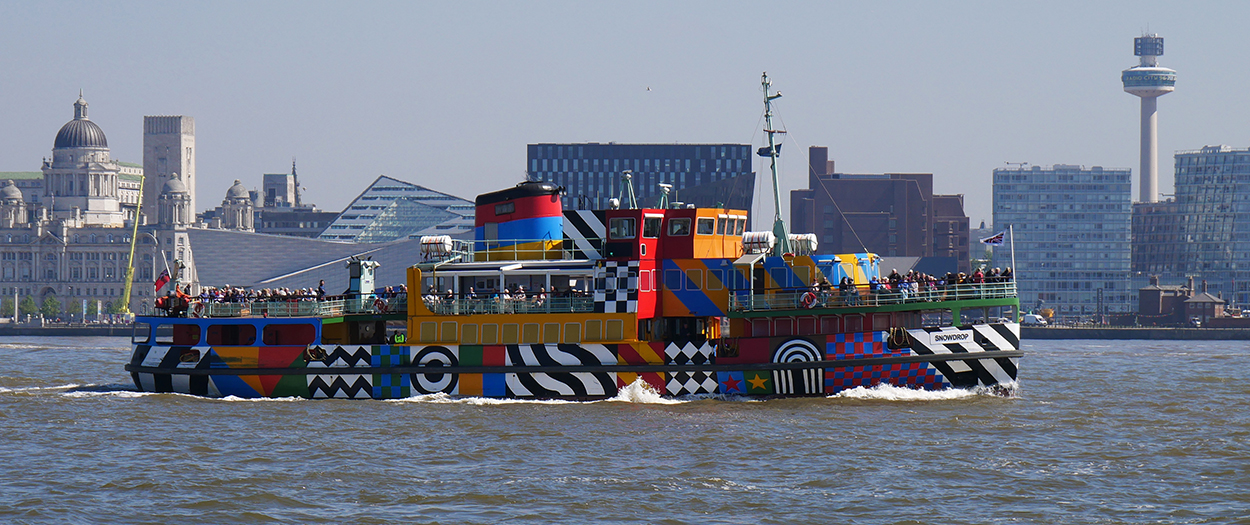 Photograph: iStock.com/Alan Morris
Photograph: iStock.com/Alan Morris
The project includes an app so that we can make our own dazzle patterns.
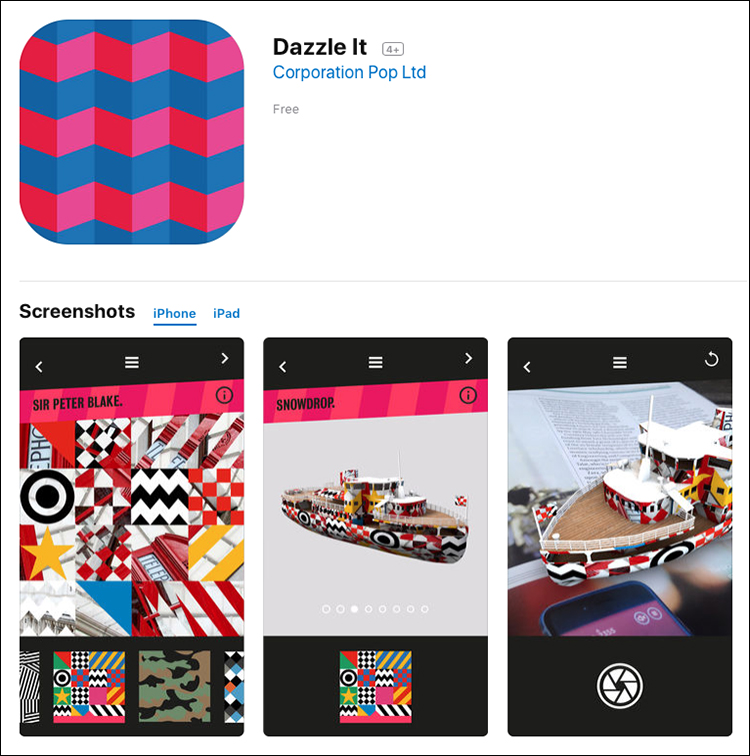
Pixelated
The Canadian armed forces were the first to use computer-generated camouflage, the Canadian Disruptive Pattern or CADPAT, which works well at different distances. There are three types: Temperate Woodland (TW) which is shown below, Arid Region (AR) and Winter/Arctic (WA).
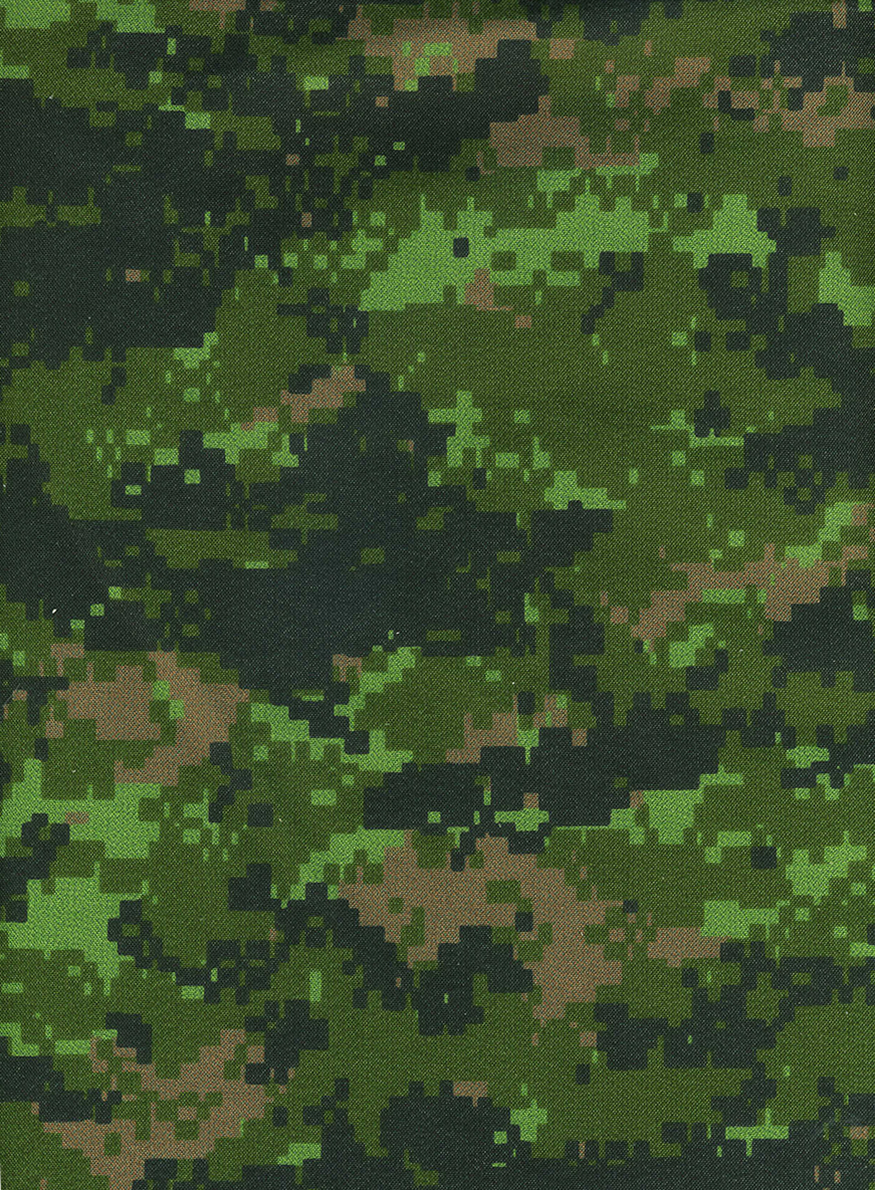
OCP
The Operational Camouflage Pattern is now the official combat design for U.S. soldiers.
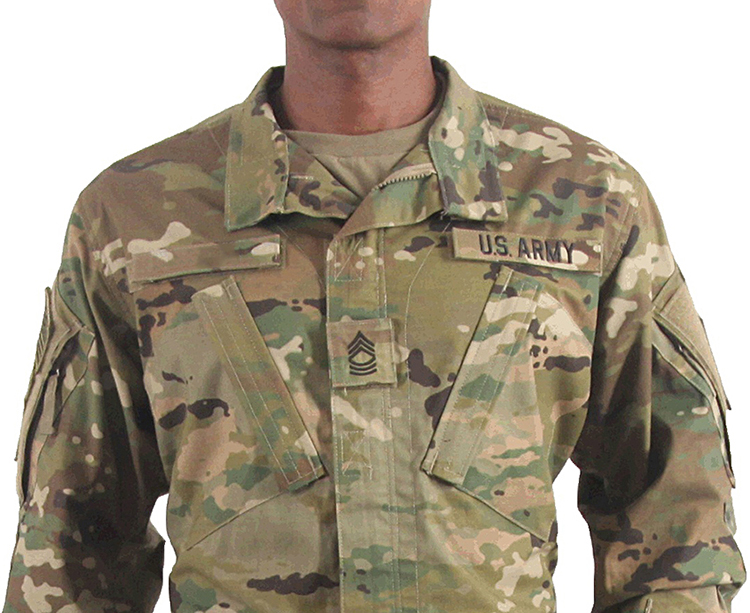
Photograph: U.S. Army
If you want to know more about this subject, try the encyclopedia of camouflage (yes, there is one): http://camopedia.org/
